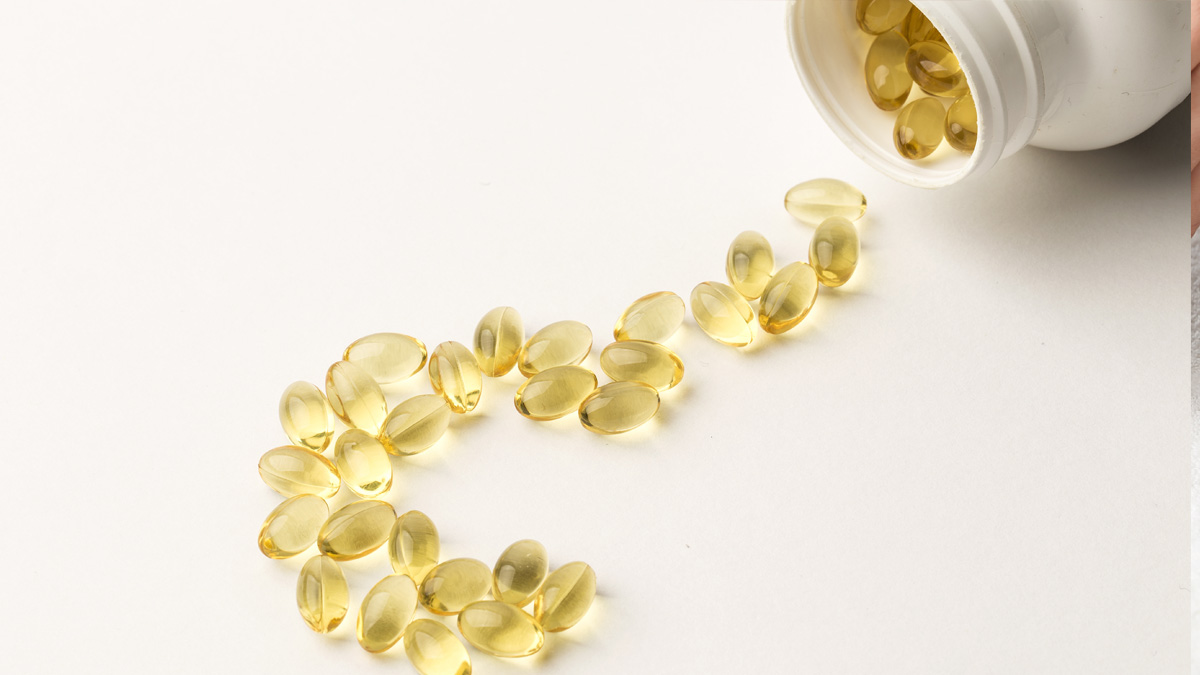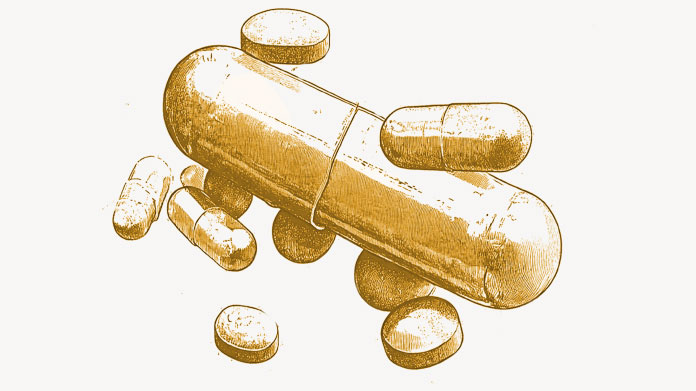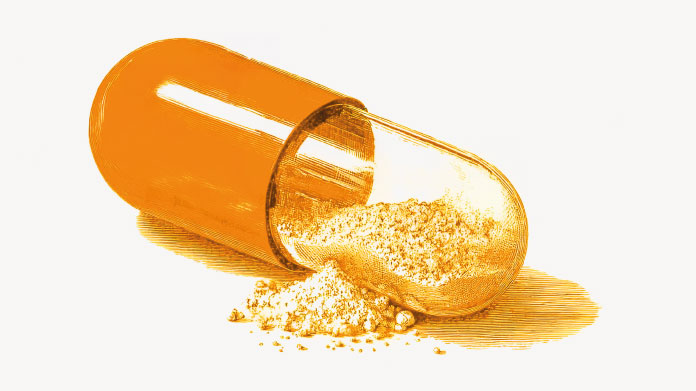What’s the difference between vitamin D2 and vitamin D3?
Are you wondering what the difference is between vitamins D2 and D3? And which of them is better? SuperSmart has the answers.

There are two forms of vitamin D in the body – D2 and D3: their empirical chemical formulae differ by a single carbon atom. We get them from different sources: D2 is found primarily in plant-based foods, while D3 is obtained from animal-origin foods, and is also produced when our skin is exposed to the sun’s rays.
What are vitamin D3’s characteristics?
Vitamin D3, or cholecalciferol, is synthesised from a sterol (complex lipid) called 7-dehydrocholesterol, naturally present in the body. When this sterol is exposed to the sun’s UVB rays, it is converted into vitamin D. Most of the vitamin D circulating in the body is produced in this way (1). That’s why we’re advised to expose our skin as much as possible to natural light. Vitamin D3 is also obtained from the diet, in particular from oily fish and egg yolk.
What are vitamin D2’s characteristics?
Vitamin D2 is a derivative of ergosterol, a sterol naturally present in the cell membranes of certain plants and fungi. Vitamin D2 is obtained by exposing ergosterol to the sun’s UVB rays. It is found in mushrooms (especially those exposed to UVB rays) as well as in vitamin D-fortified foods like margarine.
Which form of vitamin D should I choose?
Vitamins D2 and D3 are both metabolized in the liver and then converted in the kidneys into the active and usable form of vitamin D (2). However, research has shown that vitamin D3 increases the level of the active and usable form of vitamin D in the body to a greater degree (3). It is also less sensitive to heat and humidity than D2 and thus more stable (4).
As a consequence, if you wish to take a vitamin D supplement, vitamin D3 is the better choice. You have three options to choose from:
- Vitamin D3 5000 IU, with its high 5000 IU dose, is aimed more at those with a known deficiency or higher risk.
- Vitamin D3 Spray, a more convenient form, is recommended for those with a sensitive stomach.
- Vitamin D3 1000 IU, with its 1000 IU dose, is suitable for everyone.
References
- Thomas Ernandez, Catherine Stoermann-Chopard : Vitamine D et insuffisance rénale chronique : regain d’intérêt pour une vitamine oubliée. Rev Med Suisse. 2012, Vol. 8, pp 2140-2145.
- Laura Tripkovic, Helen Lambert, Kathryn Hart, Colin P Smith, Giselda Bucca, Simon Penson, Gemma Chope, Elina Hyppönen, Jacqueline Berry, Reinhold Vieth, and Susan Lanham-New : Comparison of vitamin D2 and vitamin D3 supplementation in raising serum 25-hydroxyvitamin D status: a systematic review and meta-analysis. Am J Clin Nutr. 2012, Vol. 95(6), pp 1357–1364.
Keywords
8 Days
A Product worth waiting for when not…
A Product worth waiting for when not available and then arriving as a surprise!
DOMINIC
10 Days
On time shipping
On time shipping
GEORGE Verne
12 Days
Ordering was easy and the product was…
Ordering was easy and the product was delivered with no problems. Appreciated that I was notified when it would arrive. Thanks!
MascarC
17 Days
Great customer service - responsive …
I ordered from them and my item was unavailable for sometime. I was super happy when they reactivated my order and shipped my item which arrived very quickly. Great customer service.
Ruth Rueter
18 Days
Super fast shipping
Super fast shipping
Donald Borling
21 Days
Reputable companysearch and the number of…
The research and the number of selection of products.
NAKHJAVAN Shervin
34 Days
The Anti Aromatase is a great product
The Anti Aromatase is a great product. You just need to have constant inventory. Recently this product has been out of stock.
GEORGE Verne
36 Days
Great help on chat
Great help on chat. Knowledgeable and friendly.
Jason Argos
39 Days
Customer service was fast and friendly.
Customer service helped to stop the transaction process of the subscription. I appreciated that.
Greenie
40 Days
I order here due to the high quality of…
I order here due to the high quality of the products and the quick delivery of items - thank you
Barbara J
41 Days
SuperSmart's Eye Pressure supplements: highly recommended!
I purchase SuperSmart's Eye Pressure supplements regularly for over 5 years, and gotta say they are truly a wonderful product for my Glaucoma. Highly recommended if you have eye pain from your Glaucoma.
D. Martinez
46 Days
Quick service
Quick service
MONELL
46 Days
Speedy service.
Speedy service.
ROSENTHAL Marvin
50 Days
Clear website- Efficient
Clear website. Excellent search engine and fast delivery!
Mohamad Hussein
53 Days
They have great products.
They have great products.
Vickie



